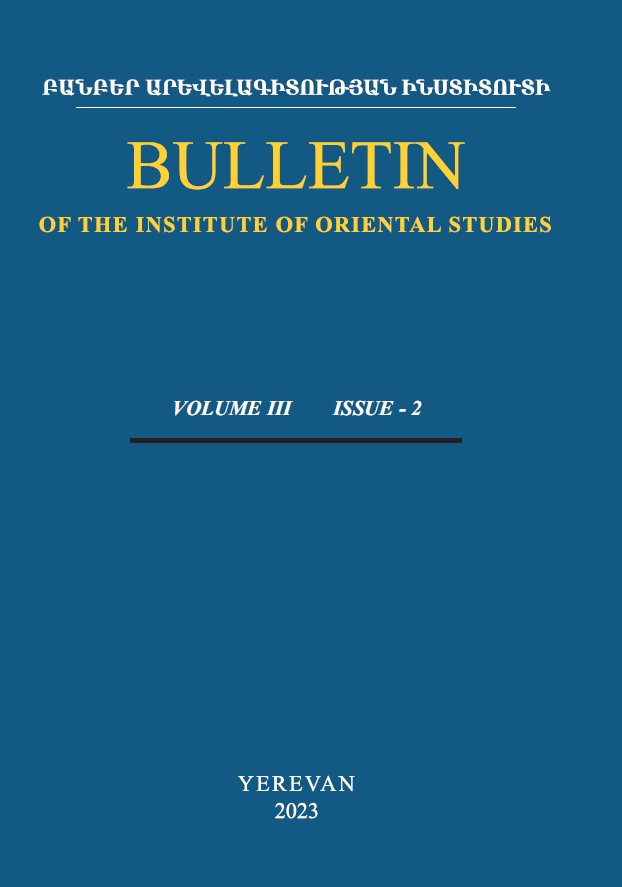Local Chorographies and Structures of Composite Monarchy in the Early Modern Antiquarian Discourse
DOI:
https://doi.org/10.52837/27382702-2023.3.2-83Keywords:
Monarchy, politics, kingdom, ChroniclesAbstract
The concept of the composite monarchy, developed in contemporary historiography, is an effective analytical research tool for studying large territorial states with complex internal structure. The ground of this concept lies in the famous works by H.G. Koenigsberger [20:301-333;21,19] and J.H. Elliott [11:47-71;12]. Each of them (Koenigsberger mostly relying on the continental material, Elliott - primarily on the British one) reflected the fact that the vast majority of the early Modern States had complex and elaborate internal structure not only in the administrative aspect, but also in the territorial one. In such complex polities the royal power not only evolved from suzerainty to sovereignty, but it also expanded upon a number of autonomous or semi-autonomous territorial entities - composites. The definition of composite comprised autonomies marked by the high level of admin-istrative subjectivity, and the process of their incorporation (implemented or potential) was perceived primarily in formal legal aspect.








